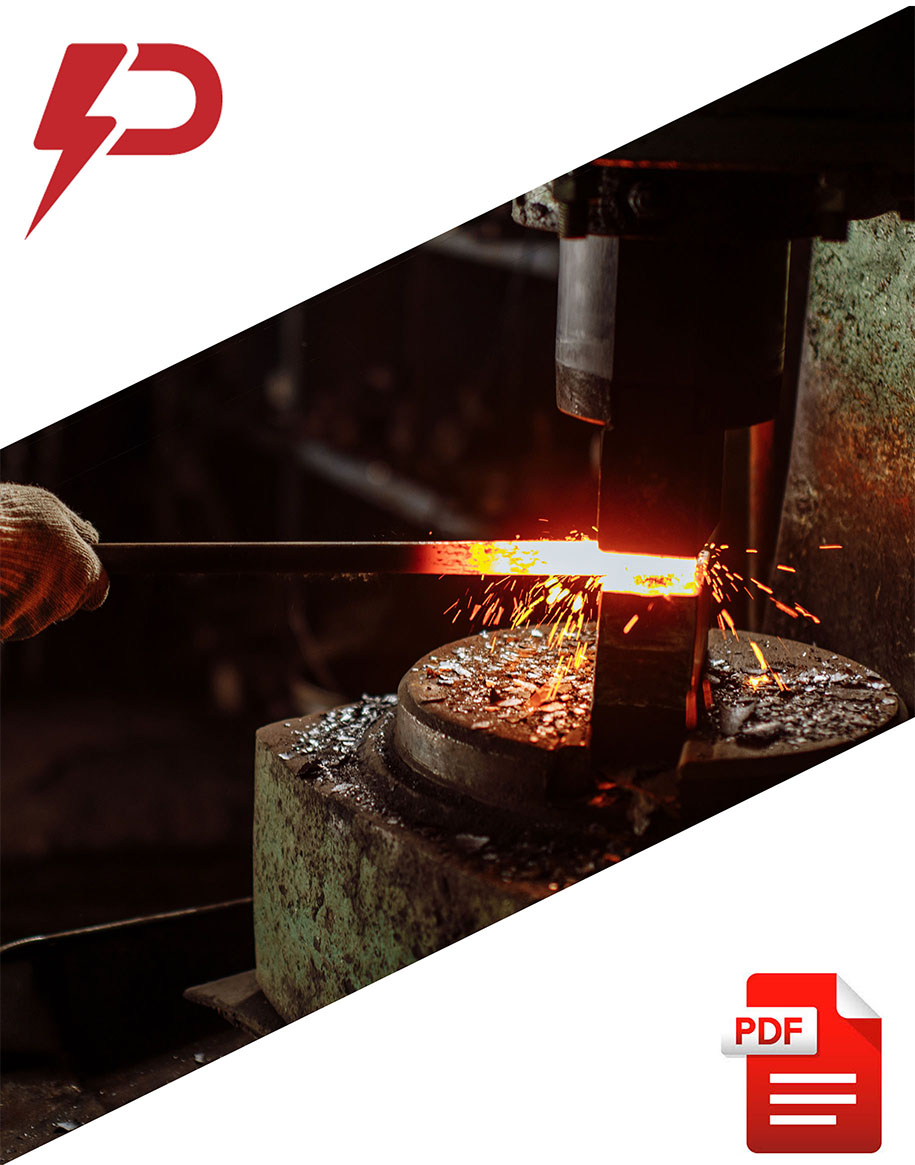Tubular Tower
Tubular Tower, also known as Tubular Steel Tower, is a self-supporting high-rise steel structure designed for telecommunications, broadcasting, and wind energy applications. These towers consist of hollow steel sections that are cylindrical or polygonal in shape, welded together to form a sturdy structure. Tubular Towers can be installed with antenna supports, lightning rods, and tower connection devices to mount communication equipment at height for improved signal coverage and transmission range.
The 3-legged Tubular Tower features a triangular cross-section with tower columns made of steel tubes. They are completely self-supporting when used with proper foundation systems and base plates. These towers provide excellent stability for mounting various equipment in elevated positions. Tubular Towers can be hot-dip galvanized or painted to protect against corrosion, ensuring long-term performance even in harsh environmental conditions and coastal areas.
Features:
- Small wind load coefficient with strong resistance to harsh weather conditions
- Space-efficient design with minimal footprint, saving valuable land resources
- Convenient transportation and installation with shorter construction periods
- Sleek, flagpole-like appearance that remains neighbor-friendly
- Durable construction with minimum 30-year lifetime expectancy
Frequently Asked Questions (FAQ)
What are the standard sizes of Tubular Towers?
Common Tubular Tower heights range from 40ft to 60ft for telecommunications, with models like MA-40 (40ft extended height) available. As a leading manufacturer, we can custom design towers according to your specific requirements, ranging from 30ft to 200ft in height.
What materials are Tubular Towers made of?
Tubular Towers are constructed using high-quality structural steel that conforms to ASTM specifications. Some manufacturers also offer aluminum 6061-T6 options for lightweight and maintenance-free applications, providing high structural strength and durability.
How are Tubular Towers installed?
Tubular Towers require proper foundation systems with concrete bases. Installation involves securing anchor bolts into the foundation. Some models can be bracketed to building structures, eliminating the need for guying when properly secured to the eve of your roof.
What type of concrete is required for Tubular Tower installation?
Minimum strength concrete is recommended for Tubular Tower foundations. This creates a mass foundation that acts as a counterweight for the tower, ensuring structural stability even in challenging weather conditions.
What safety features do Tubular Towers include?
Tubular Towers include load-actuated brakes on manual winches to prevent free-wheeling, proper anchoring systems, and certified welding by factory personnel. All towers undergo factory testing before shipping to ensure structural integrity and operational safety.
What is the difference between Tubular Towers and Guyed Towers?
Tubular Towers are self-supporting structures that don’t require guy wires when properly installed with appropriate bases. Guyed towers use tensioned cables for stability and are typically more economical for taller heights but require more land area for the guy wire anchors.
Are Tubular Towers tested or certified before shipping?
Each Tubular Tower is tested before leaving the factory. Comprehensive reports are included with shipments, and customers are often invited to witness the tests. Certification confirming fabrication standards and qualification to industry standards is provided with each tower.
What should I consider when selecting a Tubular Tower?
Consider your specific application (telecommunications, broadcasting), what equipment will be mounted (size, weight, wind-load), and the required height. These factors help determine the appropriate tower specifications for your project needs.
How long do Tubular Towers typically last?
With proper installation and minimal maintenance, Tubular Towers have a minimum 30-year lifetime expectancy. Their durable construction and corrosion-resistant treatments like hot-dip galvanization contribute to their long-term performance even in harsh environmental conditions.
